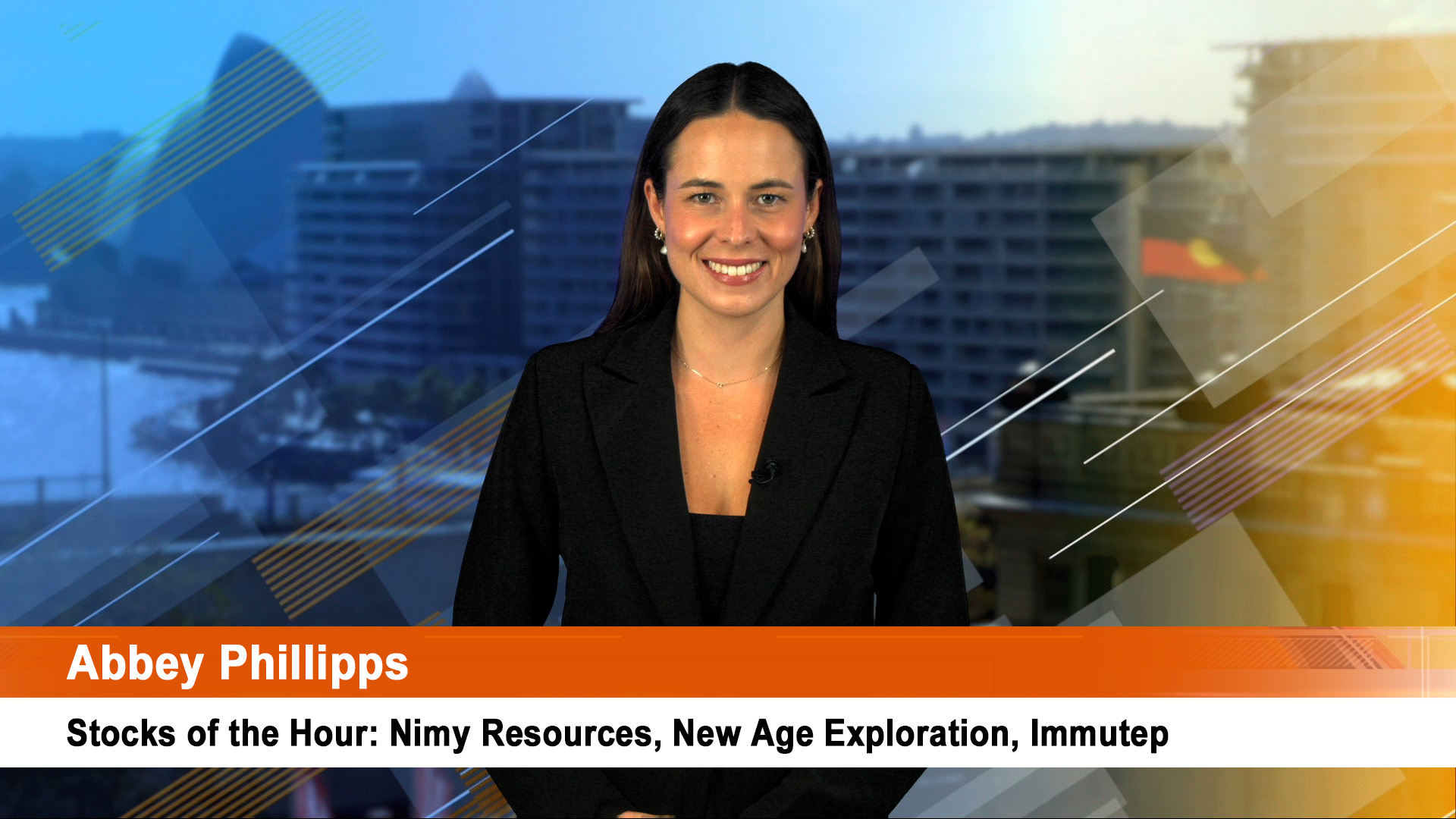As expected Australian shares had their worst performance in 20 years in the March quarter
The All Ords dropped 16% for the worst effort since 1987 while the ASX 200 had its worst quarter since starting in 1992 with a 16% fall as well.
The banks were the worst performers with the Commonwealth shedding a massive 29% in value
The 49-stock ASX 200 Finance Index has slumped 23% this year, to be the worst-performing group.
As financial stocks make up 37% of the ASSX 200 by weighting, that means a big hit.
By contrast financials account for 17% of the much bigger S&P 500 which shed 10% in value in the quarter.
Bloomberg said that financial firms in the ASX 200 trade for 9.8 times reported profit, the cheapest since records began in November 2001. The price-to-earnings multiple for the NAB fell to 9.9 times earnings in March, the lowest since 1996.
Overall, the ASX 200 is valued at 13.8 times estimated earnings, about 21% below its five-year average, and down from a high of 24.9% in December 2004.
Allco Finance group was the worst performing in the ASX 200, losing 92% of value. Centro Properties was the worst performer, losing lost 70%, the third- biggest fall.
Resources were the area where commodities shone in the quarter, compared to the broader market.
The resources component of the ASX 200 finished down around 7.3%, much less than the 23% drop for financials and the overall drop in the ASX 200 of 16%.
Resources account for 30% of the ASX 200, compared to the financials 37%.
World markets saw commodities and resources like oil, gold and copper, sold down in march, especially after bear Stearns was rescued by the Fed and a message sent to the rest of the world that investment and other banks and brokers would be defended and stopped from failing.
So the sell off was brutal, it eased after Easter, but returned on Friday and on Monday.
That’s why returns in the Reserve Bank’s commodity index were lower in March than in February.
The RBA said the preliminary estimates for March indicate that the Index rose by 0.4% (on a monthly average basis) in SDR terms (Special Drawing Rights, a way of working out an equal value for all currencies), following a revised increase of 4.7% (revised) in February.
The largest contributors to the rise in March were increases in the price of nickel, aluminium and copper, partially offset by lower beef prices.
In Australian dollar terms, the Index rose by 2.0% in March following an increase of 1.3% (revised) in February. That reflected the fall in the value of the Australian dollar in march, compared to February













